How the legacy of the Sitwells can spark interest in the elegant villas of The Crescent in Scarborough
Plans are afoot to rejuvenate the Cultural Quarter centred on The Crescent, which is home to four early Victorian villas once owned by the aristrocratic families whose patronage ensured Scarborough's fashionability before the arrival of the masses.
One of these villas - Woodend, now a creative workspace - was the residence of the Sitwells, and the writer Edith Sitwell was born there. Today, the involvement of the present generation - including journalist William Sitwell and the branch who live at Renishaw Hall in Derbyshire - is raising awareness of The Crescent as the stories from its past once again come to light.
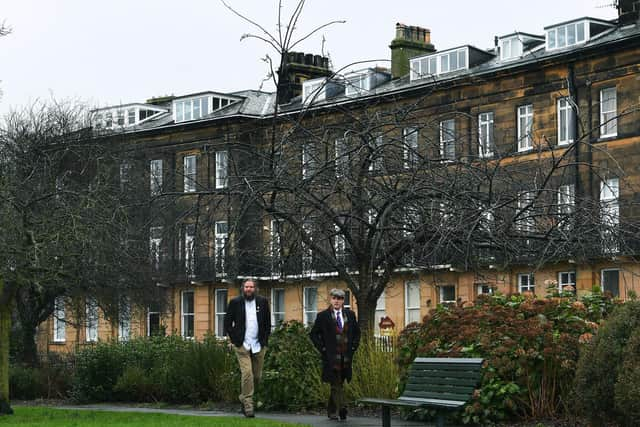

Advertisement
Hide AdAdvertisement
Hide AdThe Crescent was developed in the 1830s, though only four of the seven planned villas were ever built - Woodend, Crescent House (now Scarborough Art Gallery), Londesborough Lodge (now a Buddhist centre) and White House (now flats).
Woodend and Londesborough Lodge have an interwoven history, as Sir George Sitwell married the first Earl of Londesborough's daughter, Lady Ida Denison. Their children were Osbert, Edith and Sacheverell, who were at the centre of a bohemian writers' circle in 1920s London. The Sitwells lived next door to the Denisons, who were enormously wealthy and hosted royal guests at their villa, which to them was little more than a holiday cottage to stay at while they hunted and shot at their Londesborough Park estate, near Beverley.
The story of these properties has been intensively researched by Scarborough Museums Trust chief executive Andrew Clay and collections manager Jim Middleton. Thanks to the modern Sitwells, they are often sent items relating to the family's Scarborough years - they lived permanently at Woodend from the 1870s until World War One, after which they fled, shaken by The Crescent's targeting during the 1914 bombardment. They sold up in 1935, and new owners Scarborough Corporation opened the house as a natural history museum - though it narrowly escaped demolition. A lack of investment meant the building was never extensively modernised, and the eccentric Sitwells' wallpaper and coat hooks remain today.
As Jim explains, Woodend's first occupant was an eminent retired architect, George Knowles. He was involved in a stand-off with his neighbour, town clerk John Uppleby, who had moved into the opulent Crescent House. Knowles was against the coming of the railway, fearing hoardes would descend on the quiet, genteel spa town. Uppleby had made his fortune in railway speculation, and was very much in favour of the line.
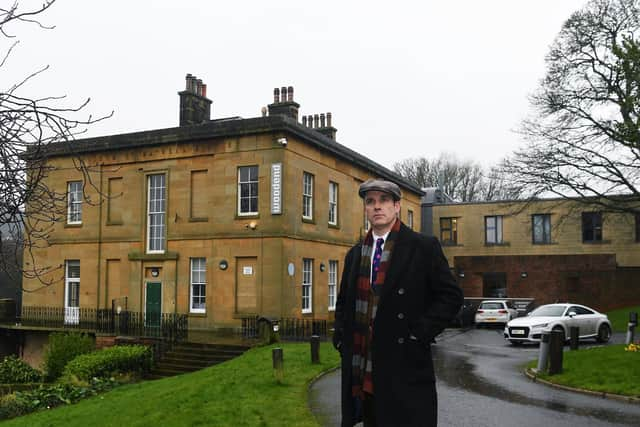

Advertisement
Hide AdAdvertisement
Hide Ad"The other houses were all occupied by the wealthy - they were big properties with views over the sea, and The Crescent was a very desirable place."
Andrew, meanwhile, was invited to look around the last intact house on the street before it was sold and converted into flats - the former home and surgery of dentists the Priestleys.
"It was fascinating - five storeys, cellars, attics. The drawing room was on the first floor and it had splended sea views. The villas were beautifully designed. The iron railings on the balconies have survived as they were never removed in World War Two."
The age of elegance was ended by war in 1939, by which time the Sitwells had abandoned Scarborough for an Italian monastery. Crescent House's last private owner, solicitor Henry Donner, died there in 1941. It was the end of an incredible era in which Scarborough was as fashionable as Bath and Cheltenham.
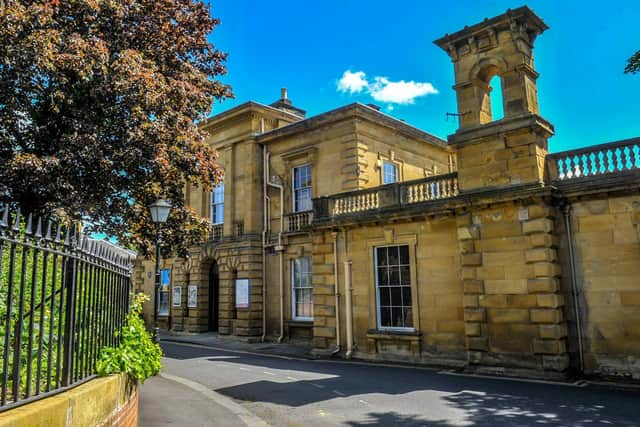

Advertisement
Hide AdAdvertisement
Hide AdThe Sitwells themselves had arrived 'hard-up' in the 1850s after losing their fortune in a bank collapse, and lived first at a property called Sunnyside, where they set about quietly rebuilding their standing in society. They had always 'coveted' Woodend, but were on the outside looking in until the discovery of coal near Renishaw Hall, which they had had to rent out, restored their wealth.
Soon, they found themselves mixing with Queen Victoria's son the Prince of Wales, the future King Edward VII - a regular guest of Sir George's father-in-law at Londesborough Lodge. The Denisons were forced to ride out a scandal when the Prince developed symptoms of typhoid while staying at Londesborough, and became critically ill as the nation held its breath. The Earl had also become sick, and the drainage at the Lodge was initially blamed, although not all of the party had not been affected. The Prince recovered, but Queen Victoria took 'a dim view' of Scarborough thereafter.
Scarborough's heyday as a place of pleasure continued into the 1920s and 30s, despite the 'spooked' Sitwells leaving after the trauma of sheltering in the cellar of Woodend while their villa was peppered with shrapnel and their Swedish footman watched the German battlecruisers from the roof.
The Denisons' associations with the thriving resort also faded; all four Earls of Londesborough - grandfather, son and two grandsons - died young within a 37-year period. The last Earl, Hugo, died in 1937 without a male heir. The earldom then became extinct, although another branch of the family descended from the first Earl's younger son still holds the barony today.
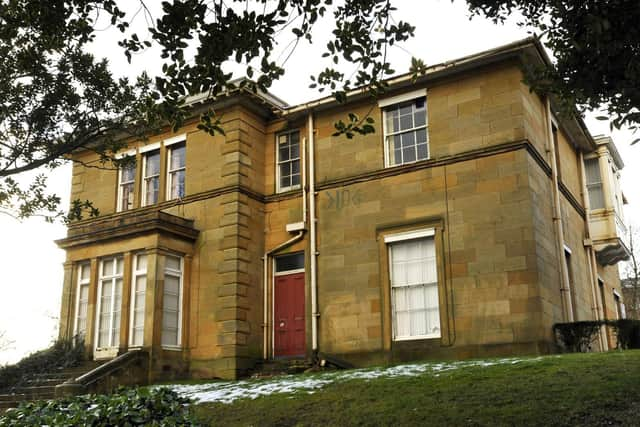

Advertisement
Hide AdAdvertisement
Hide Ad"Tuna fishing in Scarborough then was like big game hunting, and the smart set would moor their motor yachts in South Bay," explains Andrew.
"There were glamorous art deco hotels owned by the Laughton family, parents of Hollywood actor Sir Charles. The luxury Oxford Street department store Marshall and Snelgrove had a branch in Scarborough, and you'd get these ladies from Leeds driving down in their Bentleys and fur coats. It was a top notch retail experience."
Between the wars, Tom Laughton had French chefs and a renowned wine cellar in his hotels, and German aristrocrats still visited Scarborough until the 1950s - but the glamour was beginning to fade as the advent of the jet airliner meant the rich could fly to foreign climes.
"The bombardment was a huge shock to the Sitwells; The Crescent was on the front line and their interest in Scarborough waned - the monastery in Italy became Sir George's focus and the three children never had fond memories of Woodend. Their ghosts are still there - you can see remnants like the wallpaper in the basement. Crescent House is even more intact, with a preserved Victorian range in the kitchen. They're wonderful survivors.
Advertisement
Hide AdAdvertisement
Hide Ad"They always had a connection with the town - the ornamental lake at Renishaw Hall was dug by out-of-work Scarborough fishermen, and people looked up to them, even though they were barking mad!
"We're still in touch with the Sitwells, and they often send us things they've found hidden away, like the plans for the conservatory at Woodend. They're very interested and they want to learn more about their history in Scarborough.
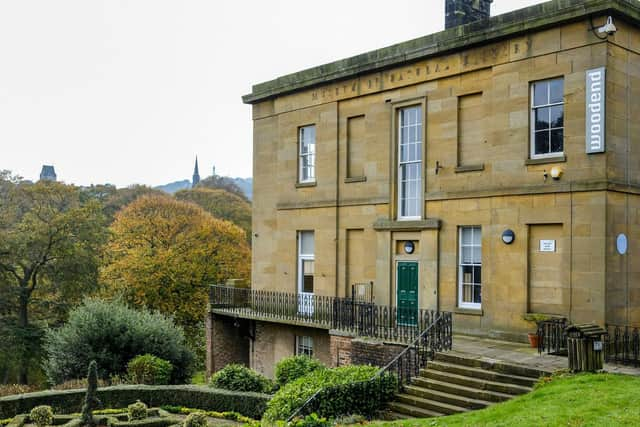

"After the Corporation bought Woodend, there were plans to pull it down to make way for a municipal scheme, but war intervened and it never happened. We want The Crescent to become the heart of the Cultural Quarter - with the Valley Gardens restored and the unparalleled architectural backdrop, they're an extraordinary story of survival."
Comment Guidelines
National World encourages reader discussion on our stories. User feedback, insights and back-and-forth exchanges add a rich layer of context to reporting. Please review our Community Guidelines before commenting.
